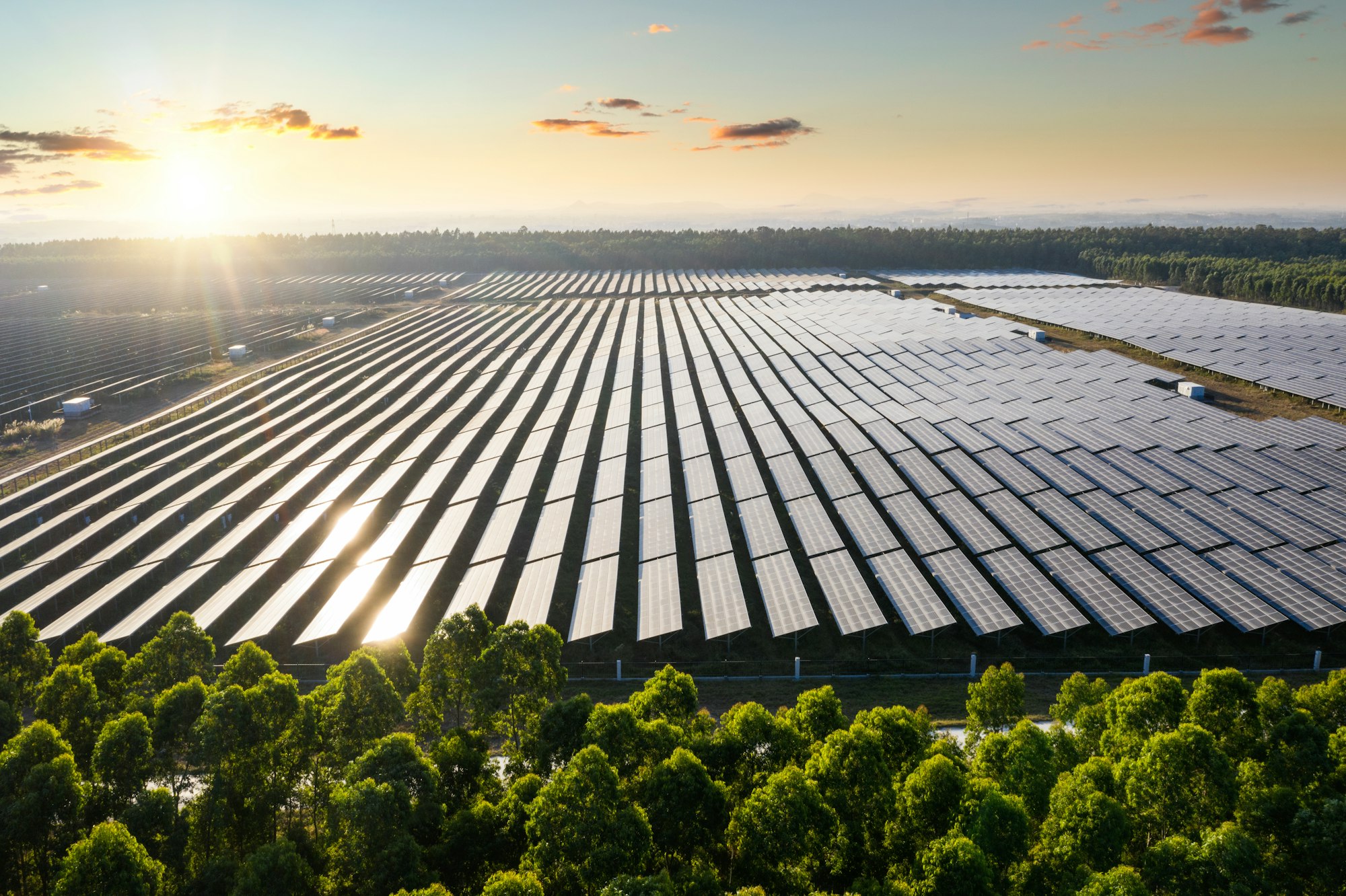AI’s Rising Need for Energy
As artificial intelligence (AI) grows, so does its need for power. Imagine entire cities running on the energy that large data centers consume just to keep AI and other technologies running smoothly. These centers, packed with servers needed to process and store huge data, put a lot of pressure on our energy supplies because they need to operate non-stop.

How Fusion Technology Might Help
Big tech companies like Microsoft are looking into fusion energy, which creates power similar to how the sun works by fusing atoms together. Although fusion has been tough to achieve, Microsoft is working with partners like Helion to make significant progress by 2028. They’re aiming to meet their green energy promises while keeping up with AI’s hungry energy demands.
Exploring New Energy Ideas in Tech
The tech world is also experimenting with other exciting energy sources like small modular nuclear reactors and geothermal energy. These ideas are still in the early stages, but they show how tech companies are willing to try out innovative, albeit risky, technologies to power their operations.
Facing Environmental and Regulatory Hurdles
The shift toward AI has unexpectedly increased the use of fossil fuels, as renewable sources can’t yet handle the massive and immediate power needs. This means coal plants are staying open longer and more natural gas is being used, which makes it harder to cut down on carbon emissions and meet environmental goals.
The Truth Behind Renewable Energy Contracts
Although tech giants claim that buying renewable energy helps lessen their environmental impact, the reality isn’t so straightforward. Even though they’re buying green power, the overall energy grid still depends heavily on fossil fuels to stay reliable and meet everyone’s needs.
What the Future Holds
There’s hope that the tech industry can lead the way in developing new, cleaner energy technologies. Despite the current dependence on older energy sources, significant investments in innovative energy solutions could one day help reduce the environmental footprint of data centers.
Learn about how AI impacts energy needs and the tech industry’s efforts to find sustainable solutions. From fusion energy to the challenges with renewables, get the full scoop here.

Frequently Asked Questions About AI and Energy
- Why is AI causing an increase in energy demand?
AI technology involves complex calculations and data processing that require powerful and continuously running computers. As AI applications expand, so does the need for data centers, which are like giant power-hungry brains trying to keep up with all the information and tasks. This massive demand puts a significant strain on our energy resources, as these centers need a lot of power, similar to the energy needs of small cities! - What is fusion energy, and why is it important for AI’s future?
Fusion energy is a cutting-edge technology that attempts to generate power the same way the sun does—by fusing atoms together. This process can potentially produce vast amounts of clean energy without the pollution associated with fossil fuels. For AI, which needs a continuous and enormous supply of energy, fusion could be a game-changer. It promises a sustainable and almost limitless source of power if tech companies like Microsoft succeed in making it viable. Imagine running all our AI without harming the planet! - Are there any real solutions right now to reduce the environmental impact of AI?
While AI’s energy demands currently result in greater fossil fuel use, many tech companies are exploring and investing in alternative energy sources like solar, wind, geothermal, and even nuclear. These efforts are still developing, but they show a commitment to finding more sustainable ways to power our tech-driven world. It’s a big challenge, but the potential for innovations like small modular nuclear reactors and improved energy storage solutions offers a glimpse of a cleaner, more sustainable future powered by AI.
Sources The Washington Post


